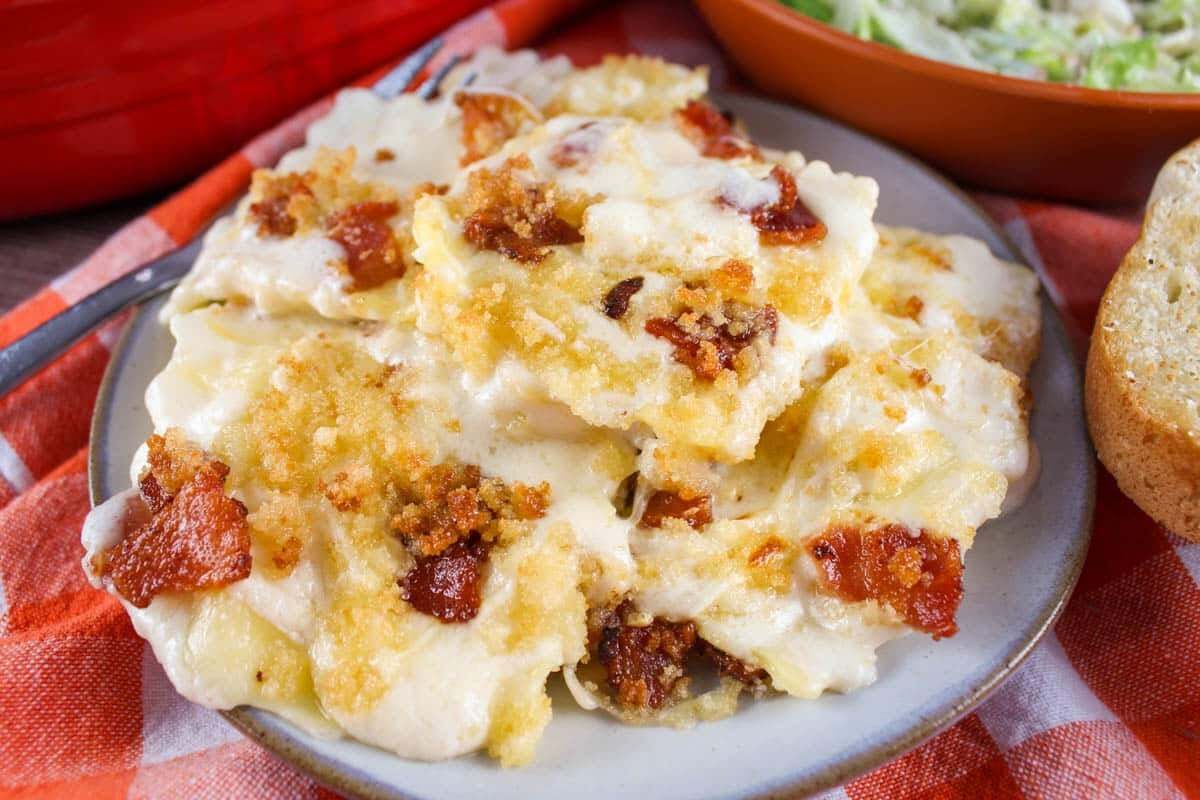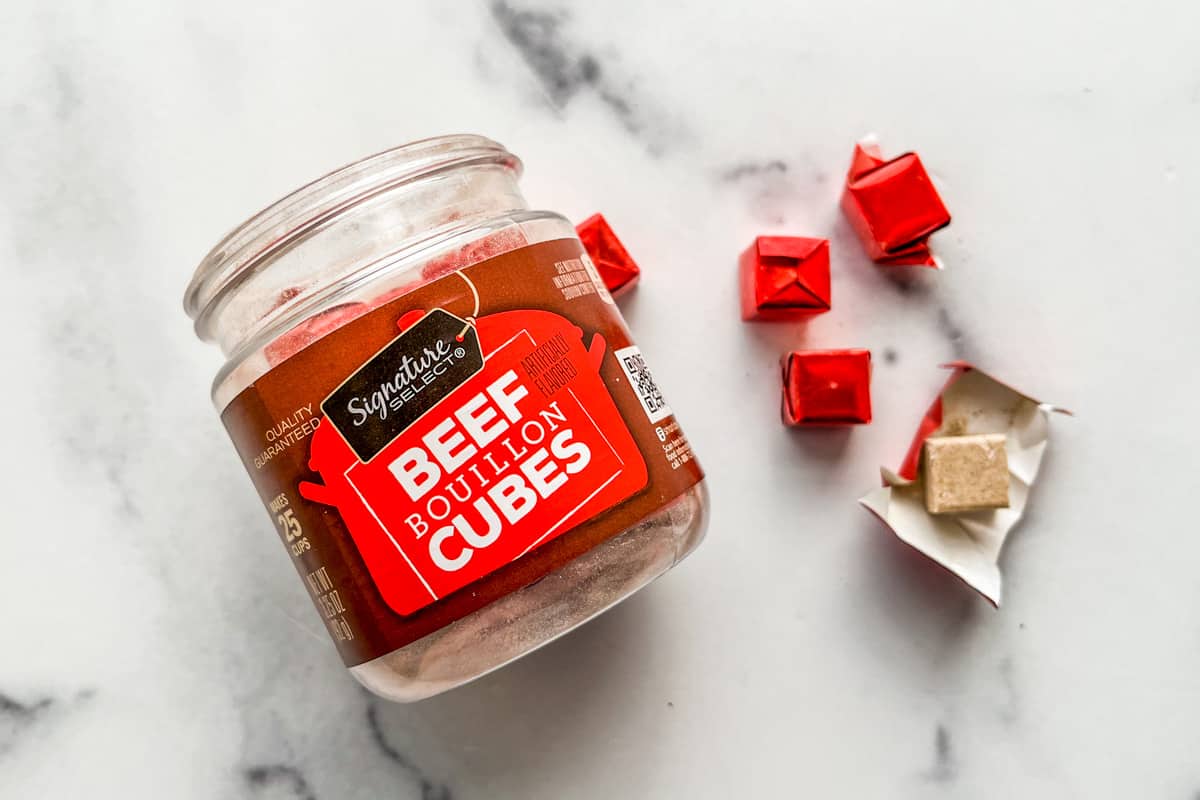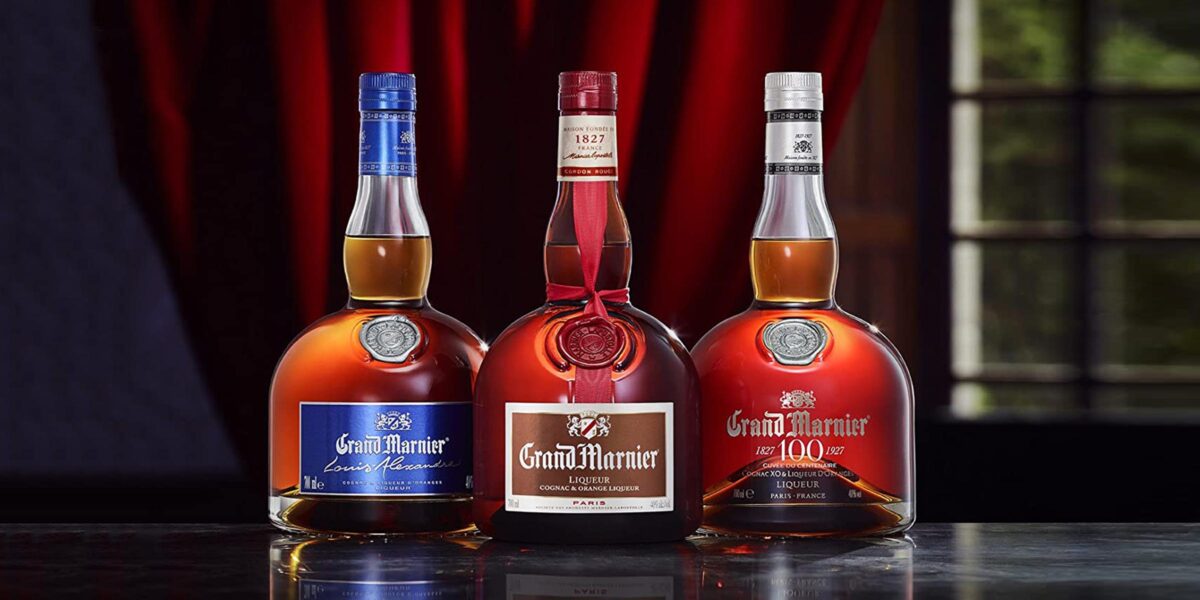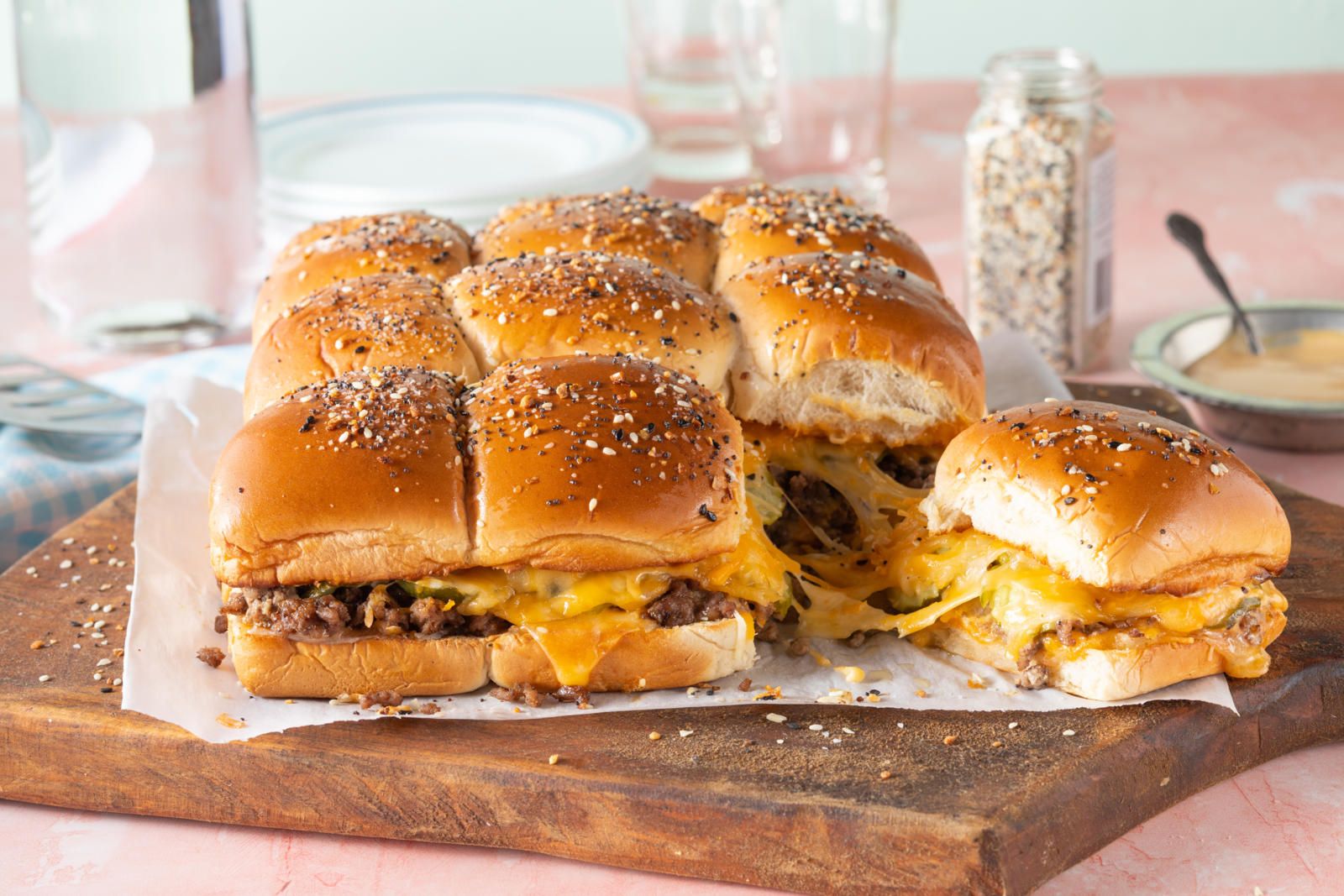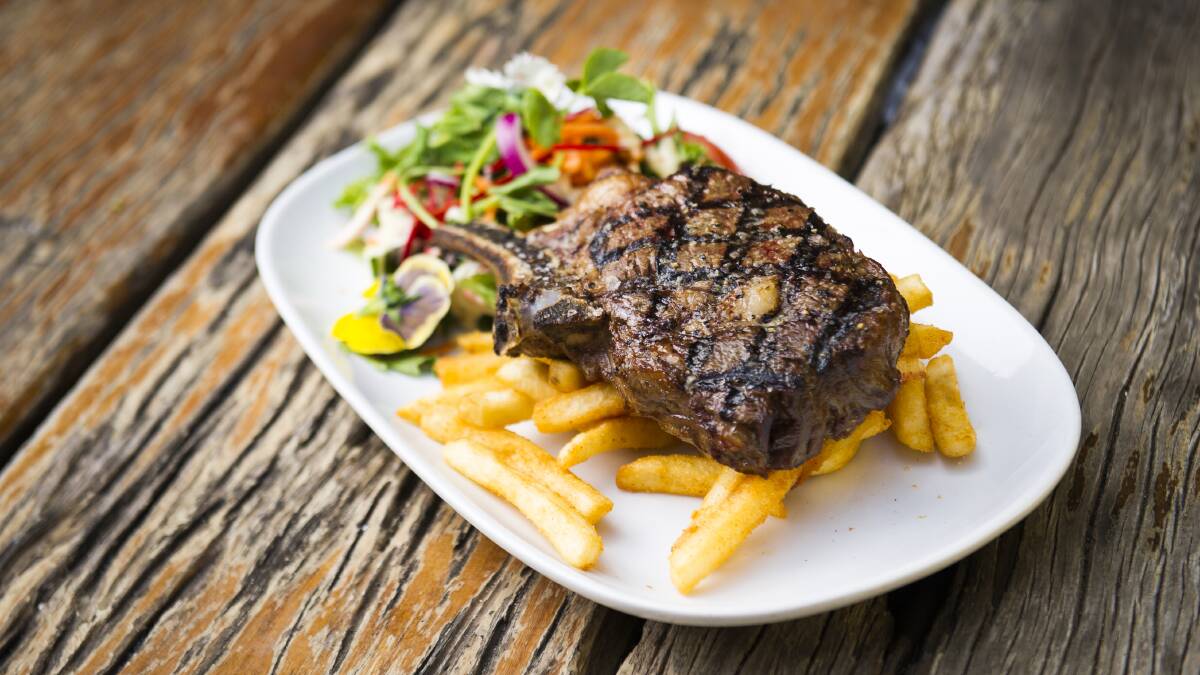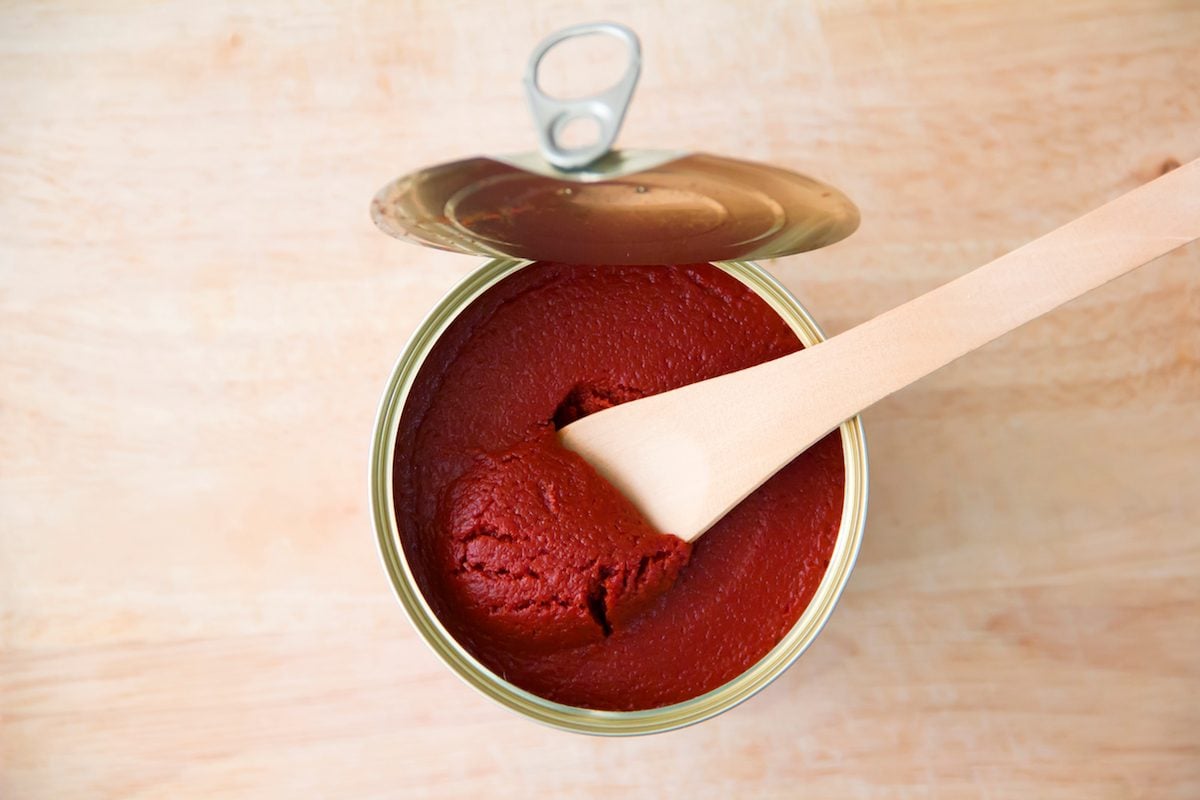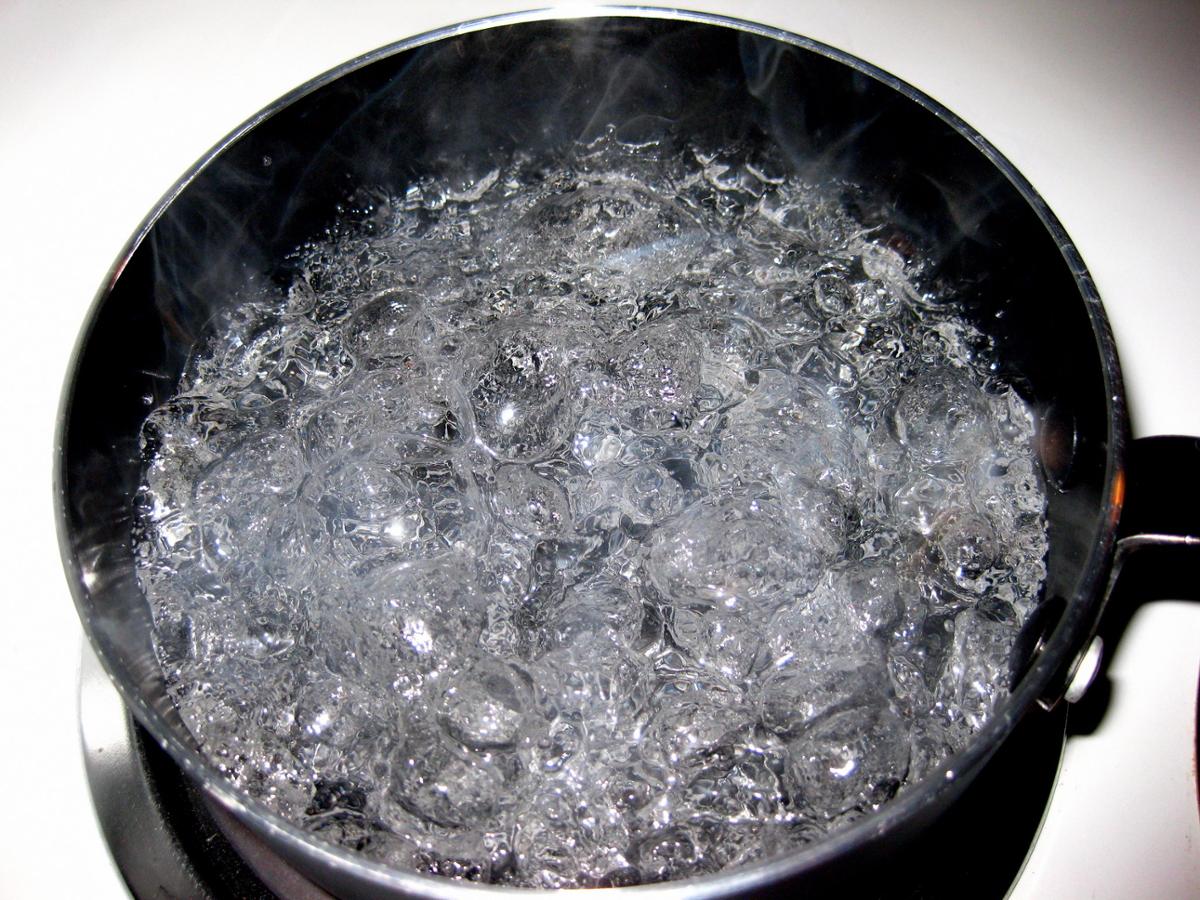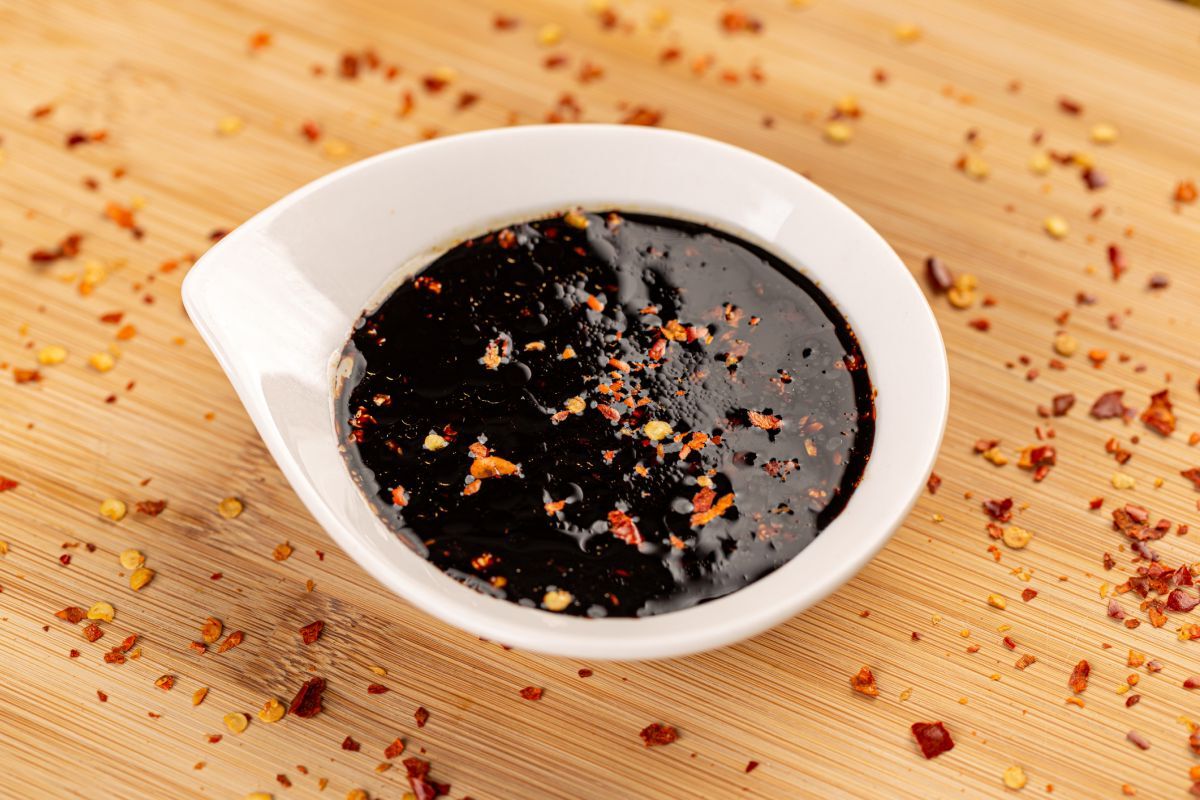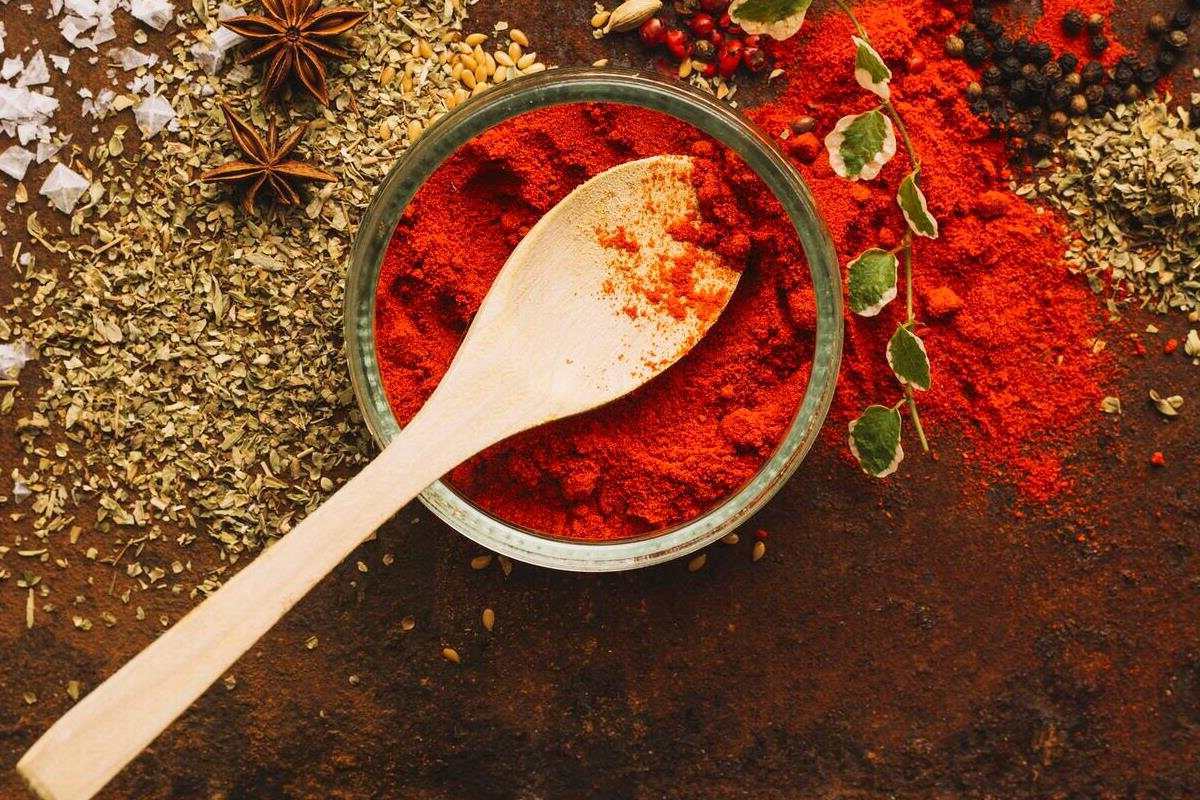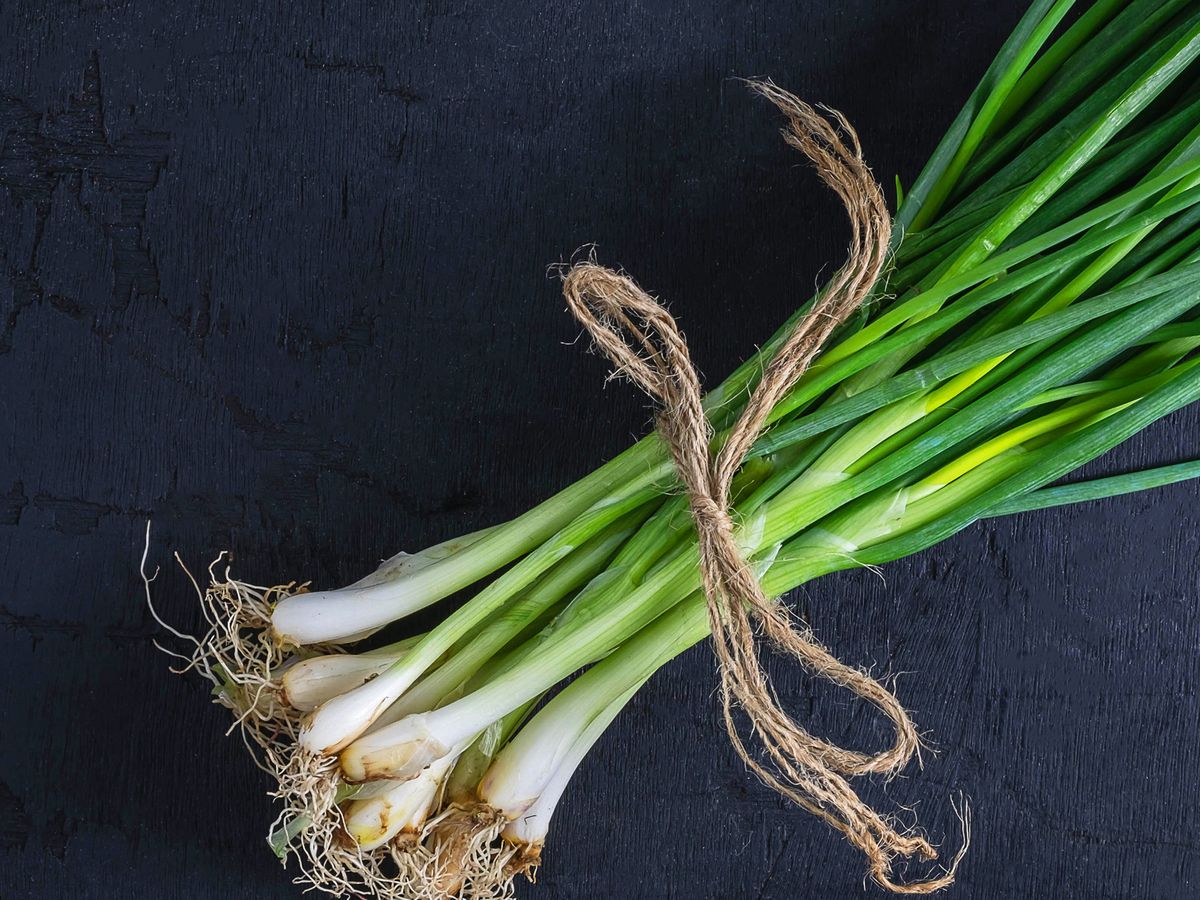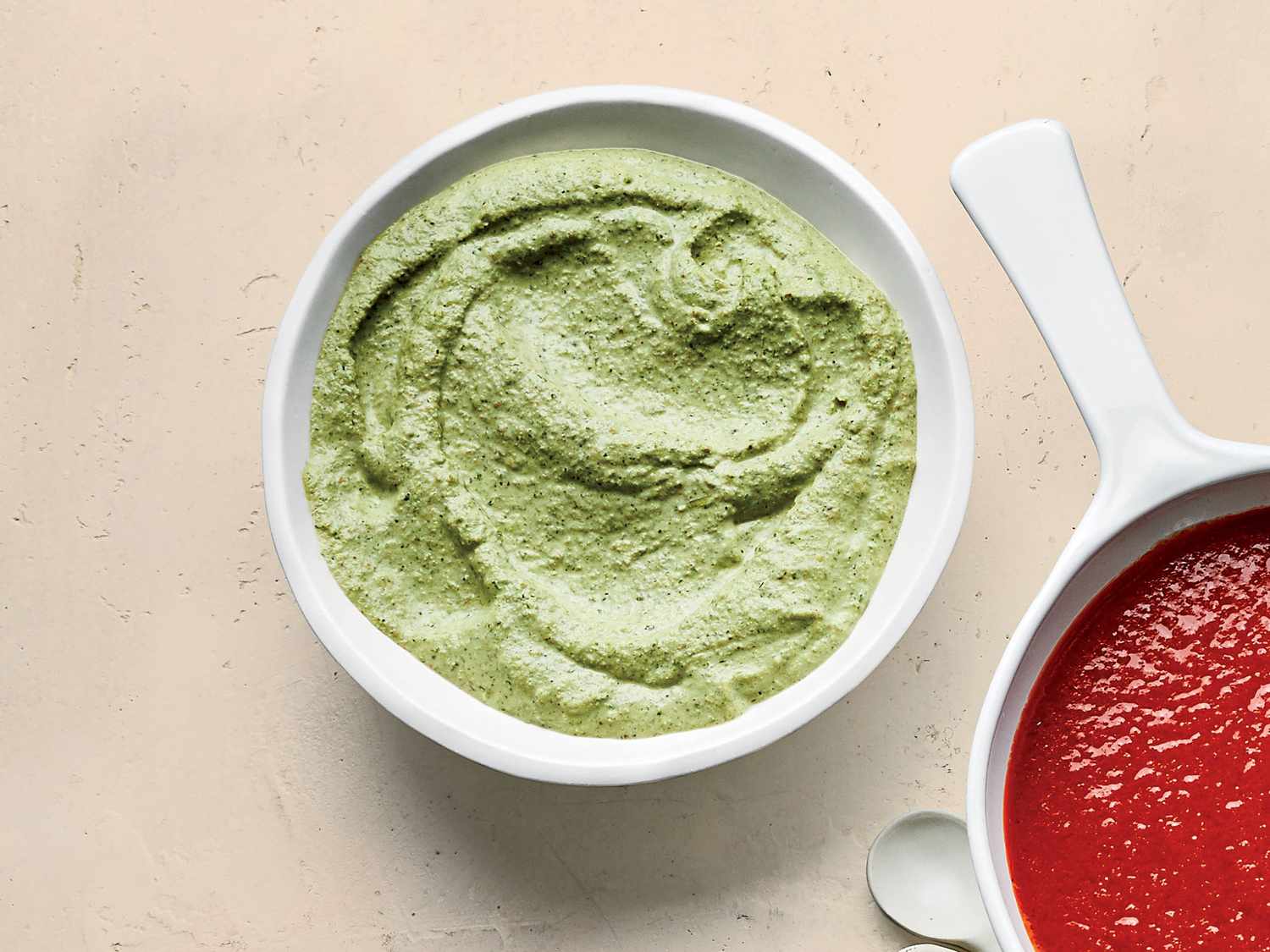Perfecting Your Roast Beef: Cooking Temperature and Tips
Roast beef is a classic dish that is perfect for a special occasion or a hearty family meal. Achieving the perfect cooking temperature for roast beef is essential to ensure a tender, juicy, and flavorful result. Whether you prefer your roast beef rare, medium-rare, or well-done, getting the cooking temperature just right is key. Here’s everything you need to know about cooking temperature for roast beef and some tips to help you achieve the perfect roast every time.
What Is the Ideal Cooking Temperature for Roast Beef?
When it comes to cooking roast beef, the ideal cooking temperature depends on how you like your meat cooked. Here are the recommended internal temperatures for roast beef:
- Rare: For a rare roast beef, aim for an internal temperature of 120-125°F (49-52°C).
- Medium-Rare: If you prefer your roast beef medium-rare, the internal temperature should be around 130-135°F (54-57°C).
- Medium: For a medium roast beef, aim for an internal temperature of 140-145°F (60-63°C).
- Well-Done: If you like your roast beef well-done, the internal temperature should reach 150-155°F (66-68°C).
It’s important to note that the final cooking temperature will depend on the initial cut of meat and the cooking method used. Using a meat thermometer is the most accurate way to ensure that your roast beef reaches the desired internal temperature.
Tips for Cooking the Perfect Roast Beef
Now that you know the ideal cooking temperatures for different levels of doneness, here are some tips to help you cook the perfect roast beef:
- Choose the Right Cut: Select a high-quality cut of beef, such as ribeye, tenderloin, or top sirloin, for the best results.
- Bring the Meat to Room Temperature: Allow the roast beef to sit at room temperature for about 30 minutes before cooking to ensure even cooking.
- Season Generously: Rub the roast beef with a blend of salt, pepper, and your favorite herbs and spices for added flavor.
- Use a Meat Thermometer: Invest in a reliable meat thermometer to accurately monitor the internal temperature of the roast beef.
- Let It Rest: Once the roast beef reaches the desired temperature, remove it from the oven and let it rest for 15-20 minutes before slicing. This allows the juices to redistribute, resulting in a more tender and flavorful roast.
By following these tips and paying close attention to the cooking temperature, you can achieve the perfect roast beef every time. Whether you’re hosting a holiday gathering or simply craving a delicious roast dinner, mastering the cooking temperature for roast beef will elevate your culinary skills and impress your guests.
So, the next time you’re preparing roast beef, keep these cooking temperatures and tips in mind to ensure a mouthwatering and memorable dining experience.
